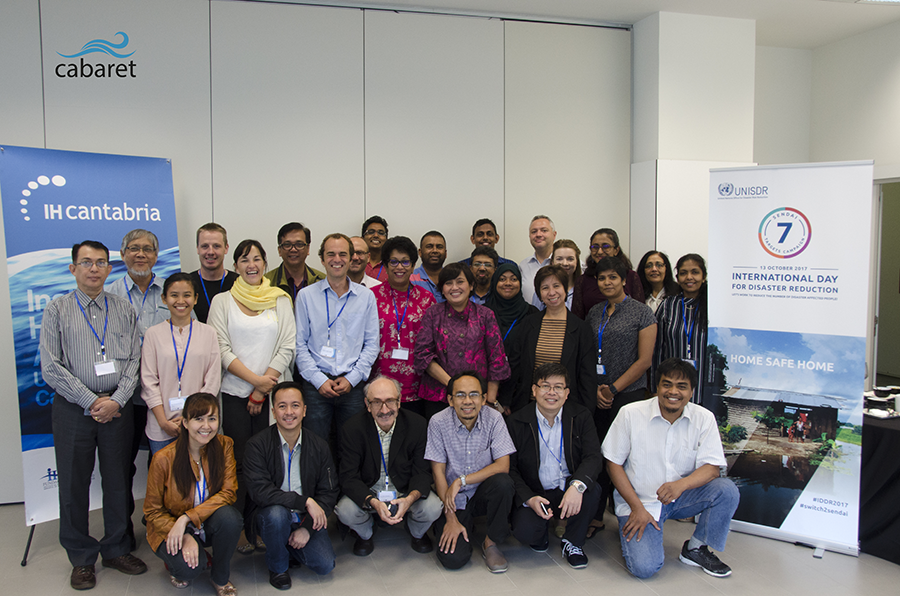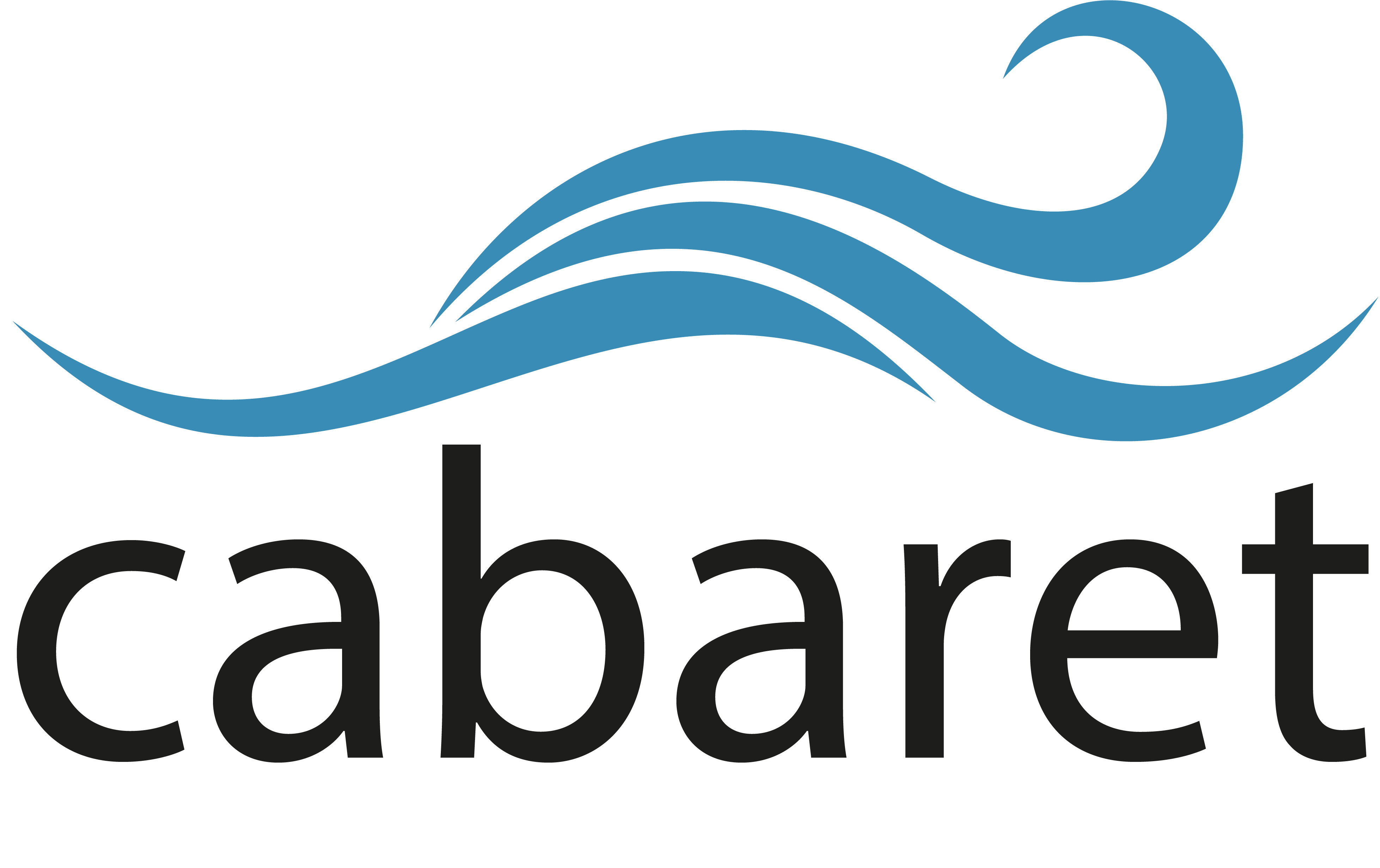News

During the Second Steering Committee Meeting, the partners recognised the forthcoming International Day for Disaster Reduction, held each year on 13th October. The International Day for Disaster Reduction (IDDR) is a major global awareness event to recognise progress and encourage further efforts to build disaster resilient communities and nations. It is an opportunity to acknowledge the substantial progress being made toward reduction of disaster risk and losses in lives, livelihoods and health and in the economic, physical, social, cultural and environmental assets of persons, businesses, communities and countries.
Over 300 International and Thai academics, practitioners, professionals and policymakers joined in the 7th International Conference on Building Resilience, for a three-day event that concluded on Wednesday (29th November). In her opening address to the Conference, Co-Conference Chair, Professor Dilanthi Amaratunga, from the Global Disaster Resilience Centre at the University of Huddersfield in the UK, recalled the devastating impact of the 2004 Tsunami, which devastated many communities across the region, including Thailand. In responding to hazards of this magnitude, Professor Amaratunga called for, “all countries to act in a new spirit of partnership to build a safer world based on common interests and shared responsibility.” She added that “Regional and international research will significantly enhance countries’ ability to achieve real progress, in mitigating disasters through the transfer of technology and the sharing of information.”
The conference sought to bridge the gap between the research community in disaster risk reduction, and policy and practice. Across the three-day programme, which included the presentation of over 160 scientific papers, five keynote addresses, and a series of panel discussions and side events, several recommendations to bridge the gap emerged.
The Symposium was held in UNESCO Headquarter in Paris-France on 12-14 February 2018 and addressed the following issues: (1) Bring emergency responders and users of tsunami warnings together with scientists and warning authorities to exchange information on requirements and possible solutions; (2) Review latest and potential new technologies and procedures for estimating tsunami threat and test their suitability and feasibility for providing more timely and accurate warnings; (3) Consider ways of estimating uncertainties associated with threat assessments and optimal ways of conveying to decision-makers; (4) Examine ways of utilizing enhanced tsunami threat information in making decisions with regards to emergency responses; (5) Provide information on the latest technologies for disseminating tsunami warning information to responders and communities; (6) Formulate roadmaps for developing and implementing new technologies, procedures and their application in enabling more effective and inclusive community responses to tsunami threats.
Dr Harkunti Rahayu was an invited speaker and delivered a presentation based on her team’s PEER Cycle 3 works in Padang City in 2015-2017. The title of her presentation is “Tsunami Education and Awareness in Community: How to Improve, For Enhancing Tsunami Warning and Community Responses” on Day 2. On Day 3, she presented her thought as panelist in panel discussion with her presentation was “How to Enhance Efficiency and Speed of Tsunami Warning Systems?”. During the symposium, a CABARET Poster was exhibited and presented on Day 2.
In December 15, 2017, a tsunamigenic earthquake occurred in South Java very near to the land at the time of 23:48 almost midnight with the magnitude of 6.9. The Ina TEWS issued the warnings. At the field, the strong shaking at the certain region has made people flee to evacuate immediately with panic. This event was a good opportunity for CABARET team in Indonesia to join a Participatory Review Team with other experts of IABI and National Institutions/Ministries related to warning system to review and discuss the event and performance of the end to end system of Ina TEWS. A series of discussion were conducted directly and via video-conference, including with the new DG of BMKG. They identified a need to improve the detecting and monitoring networks as well as the response of local government and the people at risk. These findings will inform future capacity building activities of the CABARET project.
As a chair of ICG/IOTWMS WG1 - Tsunami Risk, Community Awareness and Preparedness, Dr Harkunti Rahayu presented the current status and activities regarding Disaster Management & Preparedness for tsunami at the event of TOWS WG Inter-ICG Task Team on Disaster Management & Preparedness on 14-15 February 2018 in Paris, France . During her speech, she emphasised the activities conducted by CABARET (Capacity Building in Asia for Resilience Education) project with 4 countries in Indian Ocean, i.e. Indonesia, Maldives, Myanmar, and Sri Lanka, towards the development of and/or strengthening multi-hazard early system (MHEWS). The event was conducted as an integrated event with the IOC/UNESCO Symposium on Advance in Tsunami Warning to Enhance Community Responses. This Task Team TOWS WG is composed of all chair WG 1 of all tsunami warning system from 4 basins: Indian Ocean TWMS, Pacific TWMS, Caribbean TWMS, North East Atlantic and Mediterranean TWMS, and its related information center IOTIC, ITIC, CITIC, and NEAMTIC.


